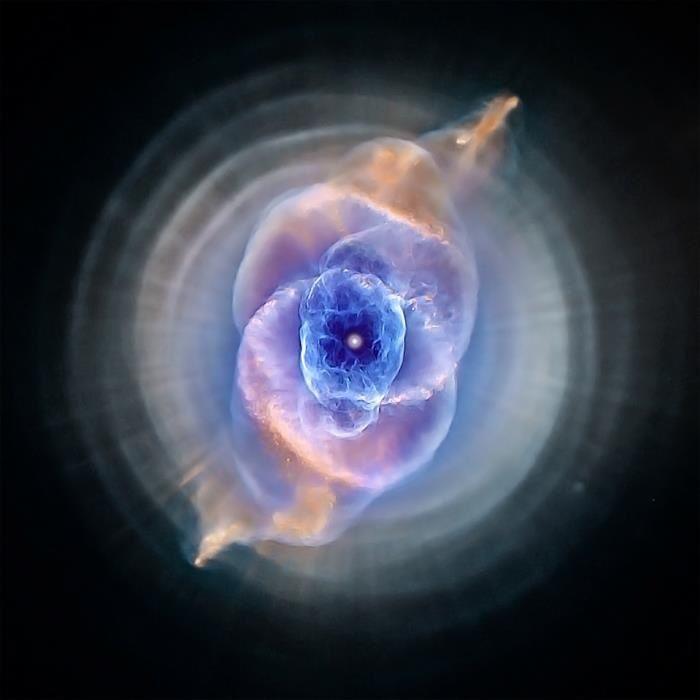- cross-posted to:
- [email protected]
- cross-posted to:
- [email protected]
cross-posted from: https://lemmy.fmhy.ml/post/663615
I’m going to kick off a monthly series highlighting some of the astronomical events that will be easily visible each month. Please feel free to make suggestions of anything that I missed, or if you have a particular celestial object that is visible now that you think is worth checking out, please let it below.
This month is host to a number of celestial events. A quick reference guide to help locate objects in the night sky, as well as a list of objects easily seen with the naked eye, binoculars, and telescope, can be found at SkyMaps.com. For an interactive map of the night sky, I recommend an app such as Stellarium, SkyMaps, though there are others that are also very good.
A few of this months events are:
Friday, July 7: Venus will appear at it’s brightest for this cycle. Venus can be found after dusk in the lower western sky and will appear as a bright star.
Tuesday, July 11: Crescent Moon near Jupiter.
After the waning crescent moon clears the treetops in the east during the wee hours of Tuesday morning, July 11, it will be joined by the extremely bright planet Jupiter shining to its lower left (or celestial east).
Thursday, July 13: Crescent Moon near the Pleiades.
The eastern sky for several hours before dawn on Thursday, July 13 will host a pretty sight and photo opportunity when the slim crescent of the waning moon shines just 2 finger widths below (or celestial south of) the bright blue-white stars of the Pleiades Star Cluster. This will be a nice naked eye pairing with darker skies allowing for more of the seven sisters to be visible (how many can you see?)
Monday, July 17: New Moon.
These are the best times for observing the night sky, as the skies will be darkest during new moons.
Thursday, July 20: Earthshine Moon near Mars.
The crescent moon will shine several finger-widths to the upper right of the small, reddish dot of Mars. Look for the Earthshine moon, where sunlight reflected off of the Earth and back to the moon and slightly brightening the dark portion of the moon.
Sunday, July 30: Southern Delta-Aquariids meteors peak.
The annual Southern Delta-Aquariids meteor shower lasts from July 18 to August 21 in 2023. It will peak on Sunday afternoon, July 30 in the Americas, but it is quite active for a week surrounding the peak night. Expect 15-20 meteors per hour at peak.
Tuesday, August 1: Supermoon. This will be the second supermoon of 2023.
All summer: The Milky Way is visible from dark sky locations. This is the perfect time of the year to take a crack at photographing the milky way. Here is a link to getting started with your phone, or with a DSLR

